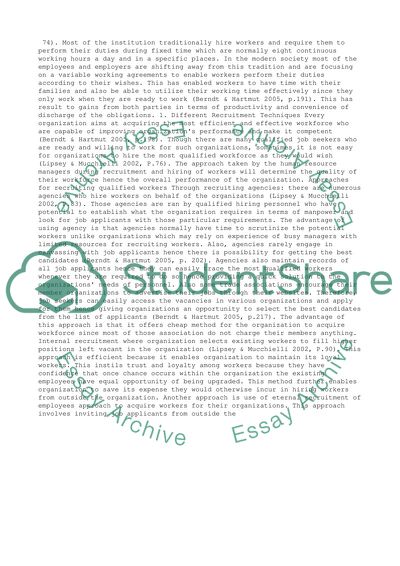Cite this document
(“Flexibility and the Contract of Employment Essay”, n.d.)
Retrieved from https://studentshare.org/management/1404215-flexibility-and-the-contract-of-employment
Retrieved from https://studentshare.org/management/1404215-flexibility-and-the-contract-of-employment
(Flexibility and the Contract of Employment Essay)
https://studentshare.org/management/1404215-flexibility-and-the-contract-of-employment.
https://studentshare.org/management/1404215-flexibility-and-the-contract-of-employment.
“Flexibility and the Contract of Employment Essay”, n.d. https://studentshare.org/management/1404215-flexibility-and-the-contract-of-employment.


